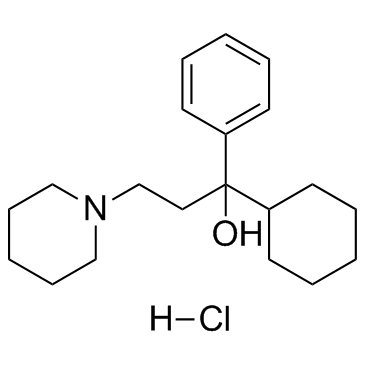Interventions for disorders of eye movement in patients with stroke.
Alex Pollock, Christine Hazelton, Clair A Henderson, Jayne Angilley, Baljean Dhillon, Peter Langhorne, Katrina Livingstone, Frank A Munro, Heather Orr, Fiona J Rowe, Uma Shahani
文献索引:Cochrane Database Syst. Rev. (10) , CD008389, (2011)
全文:HTML全文
摘要
Eye movement disorders may affect over 70% of stroke patients. These eye movement disorders can result in difficulty maintaining the normal ocular position and difficulty moving the eyes appropriately. The resulting functional disabilities include a loss of depth perception, reduced hand-to-eye co-ordination, marked difficulties with near tasks and reading and reduced ability to scan the visual environment. They can also impact on the effectiveness of rehabilitation therapy. There are a wide variety of different treatment interventions proposed for eye movement disorders after stroke. However, in the past, there has been a lack of evidence specific to the impact of interventions on the functional outcome of patients with stroke.To determine the effects of interventions for eye movement disorders on functional ability following stroke.We searched the Cochrane Stroke Group Trials Register (February 2011), the Cochrane Eyes and Vision Group Trials Register (December 2009) and nine electronic bibliographic databases including CENTRAL (The Cochrane Library 2009, Issue 4), MEDLINE (1950 to December 2009), EMBASE (1980 to December 2009), CINAHL (1982 to December 2009), AMED (1985 to December 2009), and PsycINFO (1967 to December 2009). We also searched reference lists and trials registers, handsearched journals and conference proceedings, and contacted experts.Randomised trials in adults after stroke where the intervention was specifically targeted at improving the eye movement disorder or improving the ability of the participant to cope with the eye movement disorder. The primary outcome was functional ability in activities of daily living. Secondary outcomes included functional ability in extended activities of daily living, eye movement measures, balance, falls, depression or anxiety, discharge destination or residence after stroke, quality of life and social isolation, adverse events, and death.Two authors independently screened abstracts, extracted data and appraised trials. We undertook assessment of methodological quality for allocation concealment, blinding of outcome assessor, method of dealing with missing data, and other potential sources of bias.Two studies (28 participants but only five were people with stroke) met the inclusion criteria and were included in this review. Both studies investigated pharmacological interventions for disorders of eye movement in patients with stroke. It was not appropriate to pool data and we were not able to draw conclusions from these studies. We found no other randomised studies which investigated interventions for disorders of eye movement in patients with stroke.There is insufficient evidence to reach conclusions about the effectiveness of interventions for patients with eye movement disorders after stroke. High quality research in the form of well-designed randomised trials are urgently required.
相关化合物
| 结构式 | 名称/CAS号 | 分子式 | 全部文献 |
|---|---|---|---|
 |
盐酸苯海索
CAS:52-49-3 |
C20H32ClNO |
|
Gingival pain: an unusual side effect of ziprasidone.
2013-01-01 [BMJ Case Rep. 2013 , doi:10.1136/bcr-2012-007577, (2013)] |
|
A misguided 'pill in the pocket' approach with flecainide le...
2012-01-01 [BMJ Case Rep. 2012 , doi:10.1136/bcr-2012-006868, (2012)] |
|
DYT16: the original cases.
2012-10-01 [J. Neurol. Neurosurg. Psychiatr. 83(10) , 1012-4, (2012)] |
|
Management of status dystonicus in children. Cases report an...
2012-07-01 [Eur. J. Paediatr. Neurol. 16(4) , 390-5, (2012)] |
|
An anticholinergic reverses motor control and corticostriata...
2012-01-15 [Behav. Brain Res. 226 , 465-72, (2012)] |